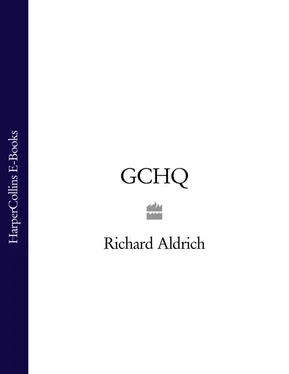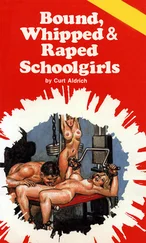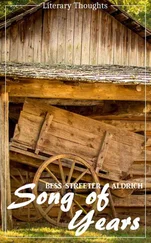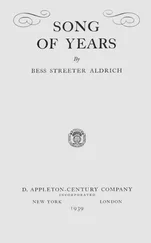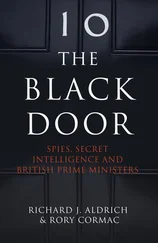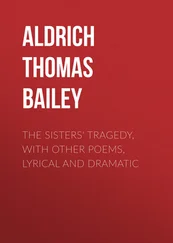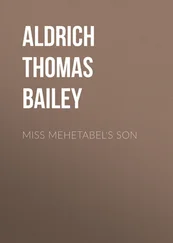The Uncensored Story of Britain’s Most Secret Intelligence Agency
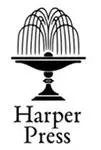
HarperPress
An imprint of HarperCollins Publishers Ltd.
1 London Bridge Street
London SE1 9GF
www.harpercollins.co.uk
Published by HarperPress in 2010
Copyright © Richard J. Aldrich 2010
Richard J. Aldrich asserts the moral right to be identified as the author of this work
A catalogue record for this book is available from the British Library
All rights reserved under International and Pan-American Copyright Conventions. By payment of the required fees, you have been granted the non-exclusive, non-transferable right to access and read the text of this ebook on screen. No part of this text may be reproduced, transmitted, downloaded, decompiled, reverse engineered, or stored in or introduced into any information storage and retrieval system, in any form or by any means, whether electronic or mechanical, now known or hereinafter invented, without the express written permission of HarperCollins ebooks.
HarperCollins Publishers has made every reasonable effort to ensure that any picture content and written content in this ebook has been included or removed in accordance with the contractual and technological constraints in operation at the time of publication
Source ISBN: 9780007312665
Ebook Edition © JUNE 2010 ISBN: 9780007357123
Version: 2016-08-23
For Libby (for the dark night-time)
Cover Page
Title Page
Copyright
Sigint and Comsec Locations in the UK
Note on Terminology
Abbreviations
Introduction
THE 1940s BLETCHLEY PARK AND BEYOND
1 Schooldays
2 Friends and Allies
3 Every War Must Have an End
4 The KGB and the Venona Project
5 UKUSA – Creating the Global Sigint Alliance
THE 1950s FIGHTING THE ELECTRONIC WAR
6 ‘Elint’ and the Soviet Nuclear Target
7 The Voyages of HMS Turpin
8 Sigint in the Sun – GCHQ’s Overseas Empire
9 Blake, Bugs and the Berlin Tunnel
10 Embassy Wars
THE 1960s SPACE, SPY SHIPS AND SCANDALS
11 Harold Macmillan – Shootdowns, Cyphers and Spending
12 Harold Wilson – Security Scandals and Spy Revelations
13 Intelligence for Doomsday
14 Staying Ahead – Sigint Ships and Spy Planes
THE 1970s TURBULENCE AND TERROR
15 Trouble with Henry
16 Disaster at Kizildere
17 Turmoil on Cyprus
18 Unmasking GCHQ: The ABC Trial
THE 1980s INTO THE THATCHER ERA
19 Geoffrey Prime–The GCHQ Mole
20 A Surprise Attack – The Falklands War
21 Thatcher and the GCHQ Trade Union Ban
22 NSA and the Zircon Project
AFTER 1989 GCHQ GOES GLOBAL
23 From Cold War to Hot Peace – The Gulf War and Bosnia
24 The New Age of Ubiquitous Computing
25 The 9/11 Attacks and the Iraq War
26 From Bletchley Park to a Brave New World?
Appendix 1
Appendix 2
Appendix 3 – GCHO Organisation in 1946
Appendix 4 – GCHO Organisation in 1970
Appendix 5 – GCHO Organisation in 1998
Notes
Bibliography
Index
Acknowledgements
By the same author
About the Publisher
Sigint and Comsec Locations in the UK
1 Adastral Park, Martlesham Heath, Suffolk, BT Research Laboratories, 1975–
2 Beaumanor/Garats Hay, Leic., post–war Army sigint base & Special Projects Agency, 1945–94
3 Bletchley Park; this remained a sigint training site after the war until 1985
4 Boddington, Glos, (RAF) military communications unit working with GCHQ
5 Bower, Bowermadden near Wick, listening station, closed 1975
6 Brawdy, Haverfordwest, Wales, 14 Signals Regiment (electronic warfare)
7 Brora, Sutherland, listening station, closed 1984
8 Capenhurst Tower, Cheshire, intercepting telephone traffic to Ireland, 1990–98
9 Cheadle, Staffs, (RAF) listening station, closed 1996
10 Cheltenham (Oakley and Benhall); GCHQ moved to the twin sites between 1952 and 1954
11 Chicksands, Beds, NSA/USAF until 1994, then UK Defence Intelligence & Security Centre
12 Cricklade, Wilts, GCHQ experimental radio station
13 Culmhead, Somerset, GCHQ Central Training School, replacing Bletchley, 1985–94
14 Digby, Lincs, main centre for RAF ground sigint and now UK joint services sigint centre
15 Edzell, Brechin, US Navy/NSA site, 1960–96
16 HMS Flowerdown, near Winchester, listening station, closed 1977
17 Gilnahirk, Belfast, listening station, closed 1978
18 Hanslope Park, near Milton Keynes, Diplomatic Wireless Service and DTMS
19 Hawklaw, (Cupar) Fife, listening station, closed 1988
20 Hereford, 264 Signal Squadron supporting 22 SAS
21 Irton Moor, Scarborough, listening station, now GCHQ Scarborough
22 Island Hill, Comber, Northern Ireland, closed 1977
23 Ivy Farm, Knockholt Pound, Kent, listening station
24 Kirknewton, near Edinburgh, US listening station, closed 1966
25 Menwith Hill, near Harrogate, US Army listening station, taken over by NSA 1963
26 HMS Mercury, near Petersfield, naval signals centre, 1941–93
27 Morwenstow, now GCHQ Bude, focused on satellite communications, 1969–
28 Oakhanger, (RAF) control centre for Skynet since 1967
29 Royal Radar Establishment, Malvern, from 1953, later Defence Research Agency
30 Waddington, Lincs, (RAF) Nimrod R1s of 51 Squadron since 1995
31 Watton, Norfolk, (RAF) Central Signals Establishment, 192 Squadron 1945–63
32 Whaddon Manor, Bucks, outstation of Bletchley Park, closed 1946
33 Wyton, Cambridgeshire, (RAF) Comets and Nimrod R1s of 51 Squadron, 1963–95
34 London
Chester Road, Borehamwood, (GCHQ/SIS) factory making radio microphones in the 1950s
Chesterfield Street W1, London office for GCHQ in the late 1940s
Dollis Hill, North London, Post Office Research Station, 1921–75
Eastcote, Harrow; GCHQ moved here in 1946 and some comsec staff remained after 1952
Empress State Building, Earl’s Court, listening station, 1962–94
London Processing Group, St Dunstan’s Hill, City of London, moved to Cheltenham 1975
Northwood Hills, small post–war GCHQ site; Permanent Joint HQ since 1996
Palmer St W1, LCSA headquarters until 1969; also GCHQ’s London office
On 1 November 1919, Britain created the Government Code and Cypher School, or ‘GC&CS’, the nation’s first integrated code-making and code-breaking unit. The term GC&CS remained in widespread use until the end of the Second World War.
By contrast, Government Communications Headquarters, or ‘GCHQ’, is a term of uncertain origin. Originally developed as a cover name for Bletchley Park in late 1939, it competed for usage with several other designations, including ‘BP’, ‘Station X’ and indeed ‘GC&CS’. However, the Government Code and Cypher School remained the formal title of the whole organisation in wartime. During 1946, GC&CS re-designated itself the ‘London Signals Intelligence Centre’ when the staff of Bletchley Park decamped to a new site at Eastcote near Uxbridge, although GCHQ remained in widespread use as a cover name. On 1 November 1948, as Britain’s code-breakers began to investigate a further move away from London to Cheltenham, the term GCHQ was formally adopted and has remained in use ever since.
‘Code-breaker’ is also a troublesome phrase. Codes are usually considered to be words substituted for others, often chosen somewhat at random. Typically, the military operations that constituted D-Day in 1944 were code-named ‘Overlord’. By contrast, systems of communication where letters and numbers are substituted in an organised pattern, either by machine or by hand, are referred to as cyphers. Yet the term code-breaker is so frequently applied to the people who worked at Bletchley Park and at GCHQ that this book follows common usage.
Читать дальше
